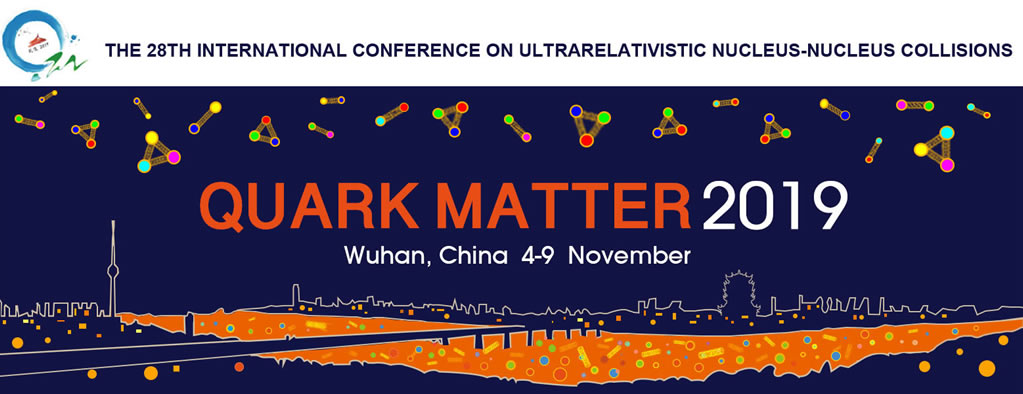Speaker
Description
We study charge-independent (CI) and charge-dependent (CD) two-particle differential number correlation function, $R_{2}( \Delta\eta, \Delta\varphi)$, and transverse momentum correlation function, $P_{2}( \Delta\eta, \Delta\varphi)$, of unidentified ($h^{\pm}$) and identified (i.e. $\pi^{\pm}, K^{\pm}$ and $p\bar{p}$) charged particles produced in pp collisions at $\sqrt{\textit{s}}$ = 2.76 TeV using PYTHIA and HERWIG models. Correlators $R_{2}$ and $P_{2}$ calculated in the low-$\textit{p}_{\rm T}$ ($0.2 < \textit{p}_{\rm T} \leq 2.0~\rm{GeV}/\textit{c}$), intermediate-$\textit{p}_{\rm T}$ ($2.0 < \textit{p}_{\rm T} \leq 5.0 ~\rm{GeV}/\textit{c}$) and high-$\textit{p}_{\rm T}$ ($5.0 < \textit{p}_{\rm T} \leq 30.0 ~\rm{GeV}/\textit{c}$) transverse momentum ranges exhibit qualitatively similar near-side and away-side correlation structures but feature important quantitative differences. A narrower near-side peak is observed for $P_{2}$ as compared to $R_{2}$ along $\Delta \eta$, similar to recently published results from ALICE in the low-$\textit{p}_{\rm T}$ range for both CI and CD at any given centrality in A-A collisions. This difference is largely due to $\textit{p}_{\rm T}$ dependent angular ordering of hadrons produced inside jets. Comparing the two model predictions for the strength, shape and the width of both the correlators provides underlying particle production mechanism in pp collision. We conclude that future measurements of $R_{2}$ and $P_{2}$ correlators, particularly for high $\textit{p}_{\rm T}$ particles, would shed more light on the internal structure of jets and further the understanding the jet fragmentation function at low momentum fraction ($z$).
